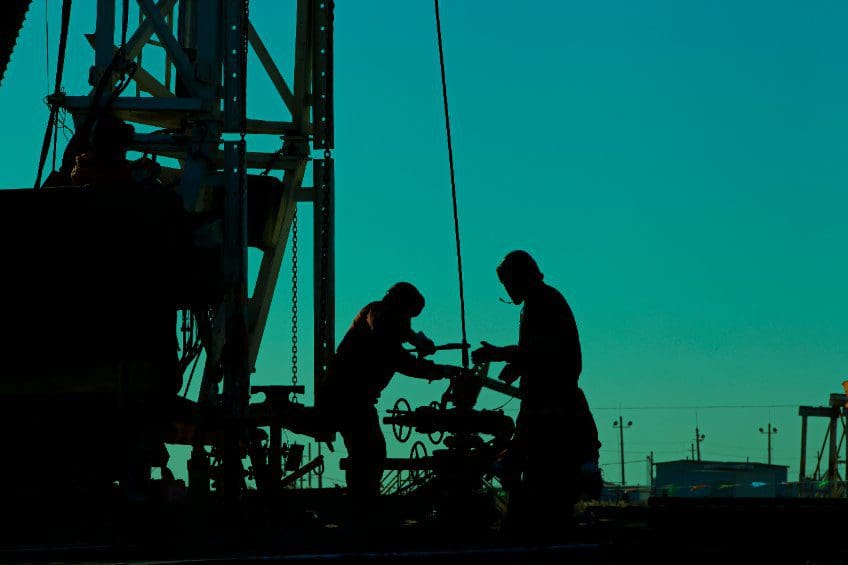Since the depths of the global pandemic two years ago, the oil and natural gas industry in the United States has witnessed a dramatic recovery.
The Baker Hughes drilling rig count has tripled from a low of 231 in August 2020 to 758 this week, crude oil production is up 10%, and liquefied natural gas (LNG) exports set a record.
Service companies Schlumberger, Baker Hughes and Halliburton report high demand from exploration and production companies, but the equipment is in short supply.
A recent survey of oil and natural gas firms by the Federal Reserve Bank of Dallas found that 94% believe supply-chain issues are having a negative impact on their firm, and 66% expect that it will take more than a year to resolve these issues.
The Energy Information Administration reported an analysis of published financial reports of 53 publicly traded exploration-and-production companies and found the companies reported both higher revenues and higher material and labor costs compared with the first quarter of 2021.
The West Texas Intermediate (WTI) crude oil price averaged $95.18 per barrel during the first quarter of 2022, up 64% from the first quarter of 2021 and up 23% from the fourth quarter of 2021, EIA stated. Cash from operations for these companies totaled $25.7 billion during the first quarter of 2022, which was 86% more than in the first quarter of 2021.
EIA said capital expenditures nearly doubled year over year to reach $14.6 billion during the first quarter of 2022.
Although rising crude oil prices increased revenues during the first quarter of 2022, supply chain issues and financial losses from hedging contributed to increased costs, EIA said. Production expenses, such as the cost of goods sold, operating expenses, and production taxes, totaled $28.06 per barrel of oil equivalent in the first quarter of this year, 59% more than the pre-pandemic average and the highest for any quarter during the past five years, according to EIA.
The cost of goods sold, which includes the cost of materials and labor directly used in production, has more than doubled from the pre-pandemic average, according to EIA’s analysis.
Schlumberger said annual sales will rise the most in 11 years reaching $27 billion in 2022, but it has a concern about inadequate energy supplies.
Halliburton posted its biggest quarterly profit in four years, while Baker Hughes Co. reported better-than-expected sales and operating income in its oilfield-services segment.
Bloomberg reported spending by oil companies around the world is expected to grow 22% this year to $450 billion, according to James West, an analyst at Evercore ISI. That would rank 2022 as the fifth-biggest annual expansion in data going back to 1985.
Operators around the globe are expected to boost the number of wells drilled next year by 15% compared to this year, according to a survey by industry consultant Kimberlite. The firm tallied 87% of onshore operators in North America and 68% of overseas explorers that plan to boost drilling budgets next year, according to Bloomberg.
Alex Mills is the former President of the Texas Alliance of Energy Producers.
Alex Mills is the former President of the Texas Alliance of Energy Producers. The Alliance is the largest state oil and gas associations in the nation with more than 3,000 members in 305 cities and 28 states.





